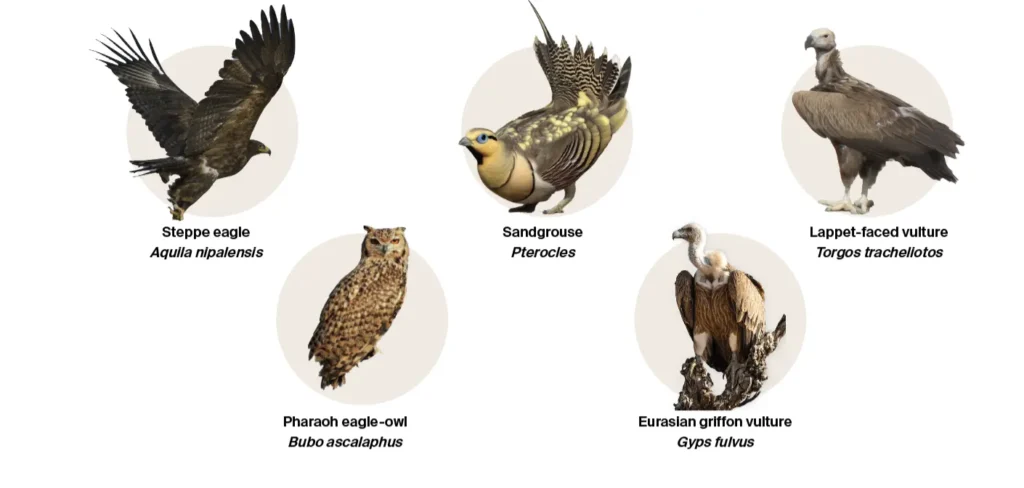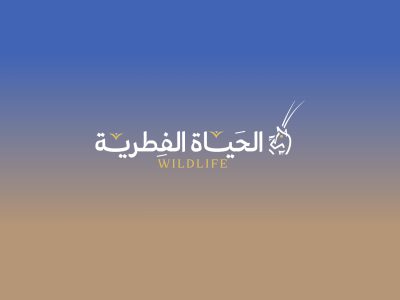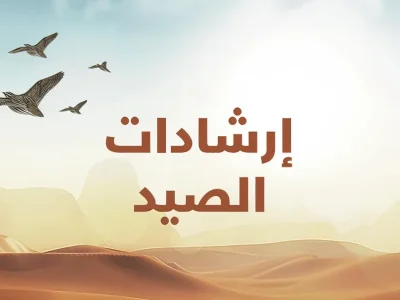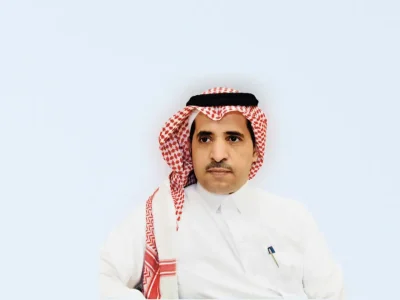Saudi Arabia is home to a unique combination of natural, climatic, and geographical features that make it a globally significant region for wildlife preservation. The Kingdom encompasses hundreds of endangered plant and animal species and is strategically located at the crossroads of Asia, Europe, and Africa. This position makes it a vital destination and transit point for diverse populations of migratory birds and animals.
To protect its environmental wealth, Saudi Arabia has established numerous terrestrial and marine protected areas and parks. From October to April each year, during optimal conditions, these areas welcome endangered species, offering them a chance to thrive in their natural habitats. Through the Saudi Green Initiative, National Center for Wildlife (NCW) is leading three specialized programs aimed at reducing the number of species facing extinction by conducting captive breeding programs and reintroducing animals into the wild.
Captive Breeding and Reintroduction Efforts
Captive breeding and the reintroduction of endangered species to their natural habitats are at the core of NCW’s mission. These initiatives not only enrich biodiversity but also contribute to restoring ecosystems and promoting environmental balance. Aligned with Saudi Arabia’s Vision 2030, these efforts create a positive environmental impact, improve the quality of life, and enhance the tourism potential of protected areas, encouraging eco-tourism.
Each year, NCW announces new species releases into various protected areas, closely monitoring the animals using state-of-the-art technology to track their adaptation and reproduction.
The Return of 7,000 Animals to Their Natural Habitat
NCW’s captive breeding and reintroduction program has achieved remarkable success, with over 7,000 animals reintroduced to the wild, including:
Nubian Ibex Capra nubiana
Asian Houbara Chlamydotis macqueenii
Verreaux’s Eagle Aquila verreauxii
Cape Hare Lepus capensis
Mountain Gazelle Gazella arabica
European Turtle-dove Streptopelia turtur
Chestnut-bellied Sandgrouse Pterocles exustus
NCW conducts in-depth research to determine the optimal release numbers and timings. Using the latest global technologies, the center tracks wild populations to better understand the risks and challenges these animals face in their natural environments. Further plans include the breeding and reintroduction of additional species such as the Caracal Caracal caracal, Arabian Wolf Canis lupus arabs, striped hyena Hyaena hyaena, and cheetah Acinonyx jubatus.
Animals Belonging to Breeding and Reintroduction Programs

The Arabian Oryx Returns to NEOM Reserve
In northwest Saudi Arabia, the NEOM nature reserve, spanning 25,000 square kilometers along the Red Sea coast, has collaborated with NCW to restore its natural environment. By 2022, the reserve was prepared to receive its first new residents after nearly a century, including Arabian oryx, alpine ibex, and gazelles. This effort symbolizes the commitment to preserving biodiversity for future generations. This year, the reserve saw the release of 80 Arabian sand gazelles, 12 mountain gazelles, 12 alpine ibex, and 28 Arabian oryx.
Nationwide Specialist Breeding Centers
NCW operates several breeding and research centers focused on restoring endangered species to their natural habitats. These centers oversee genetic programs, veterinary care, and the rehabilitation of various species before they are released into reserves. In Riyadh, the Wildlife Research Center manages six breeding programs for species such as the Arabian sand gazelle, mountain gazelle, Neumann’s gazelle, alpine ibex, Arabian oryx, and Persian ibex.
The Taif Center focuses on local species, including the houbara bustard, Arabian oryx, red-necked ostrich, mountain gazelle, and Arabian leopard. Recently, the Royal Commission for AlUla has taken full responsibility for the Arabian leopard breeding program.
Upholding Global Standards
NCW collaborates with various departments within the General Administration for Wildlife Conservation to conduct applied field research that monitors the reproduction of species in their natural environments. Equipped with modern research facilities, NCW adheres to international
standards, ensuring that species are adequately prepared for release. Advanced tracking techniques are employed to assess reproductive success and improve program efficiency, preserving endangered species and restoring balance to ecosystems.
Numbers of Creatures Released During the 2022-2024 Seasons
Saudi Arabia’s Vision 2030 and the Saudi Green Initiative aim to protect 30% of the Kingdom’s terrestrial and marine areas. This includes reserves managed by NCW, royal reserves, and national parks. By the end of the 2022-2023 release season, notable releases included:
Number Type
290 –Nubian Ibex Capra nubiana
104 –Asian Houbara Chlamydotis macqueenii
1,018 –Verreaux’s Eagle Aquila verreauxii
109 –Cape Hare Lepus capensis
198 –Mountain Gazelle Gazella arabica
59 –Eurasia Turtle-dove Streptopelia turtur
9 –Chestnut-bellied Sandgrouse Pterocles exustus
The 2023-2024 season began with 85 species released in the Prince Mohammed bin Salman Royal Reserve, 132 in the NEOM Reserve, and 56 in the King Khalid Wildlife Reserve. At the COP28 UN Climate Change Conference in Dubai in 2023, the International Union for Conservation of Nature (IUCN) honored three NCW-affiliated reserves for their wildlife conservation efforts.




